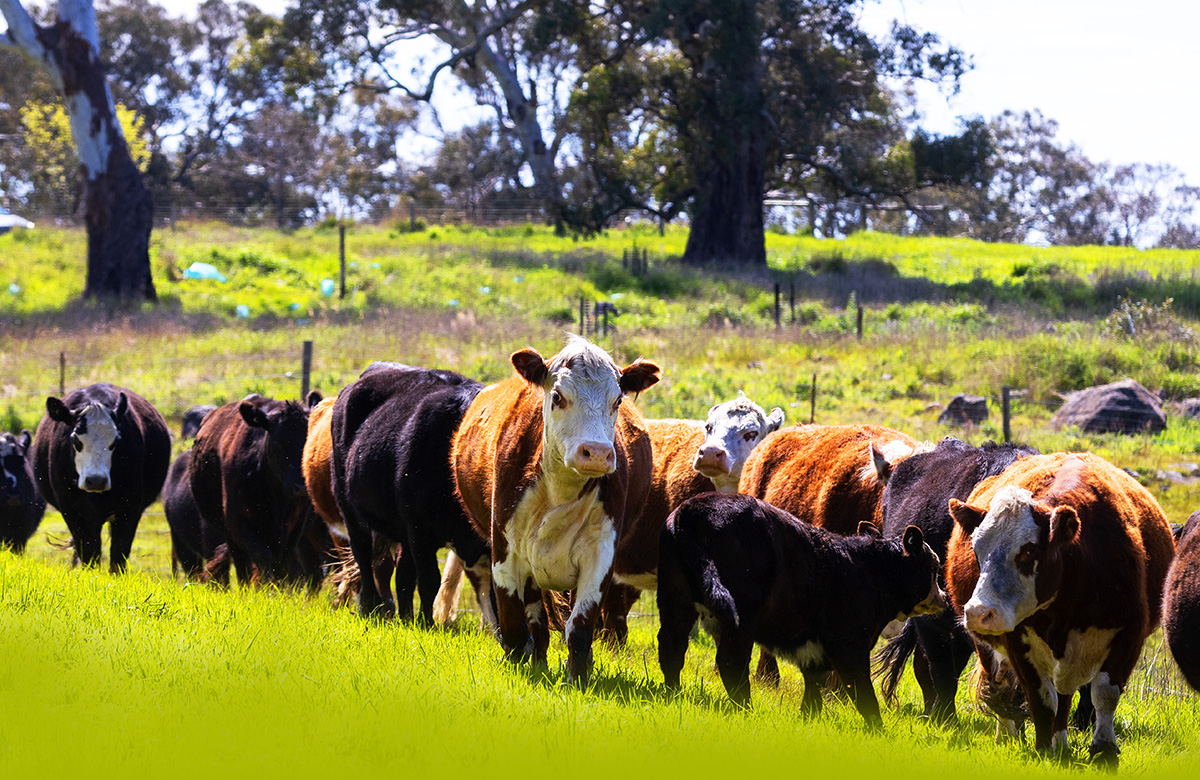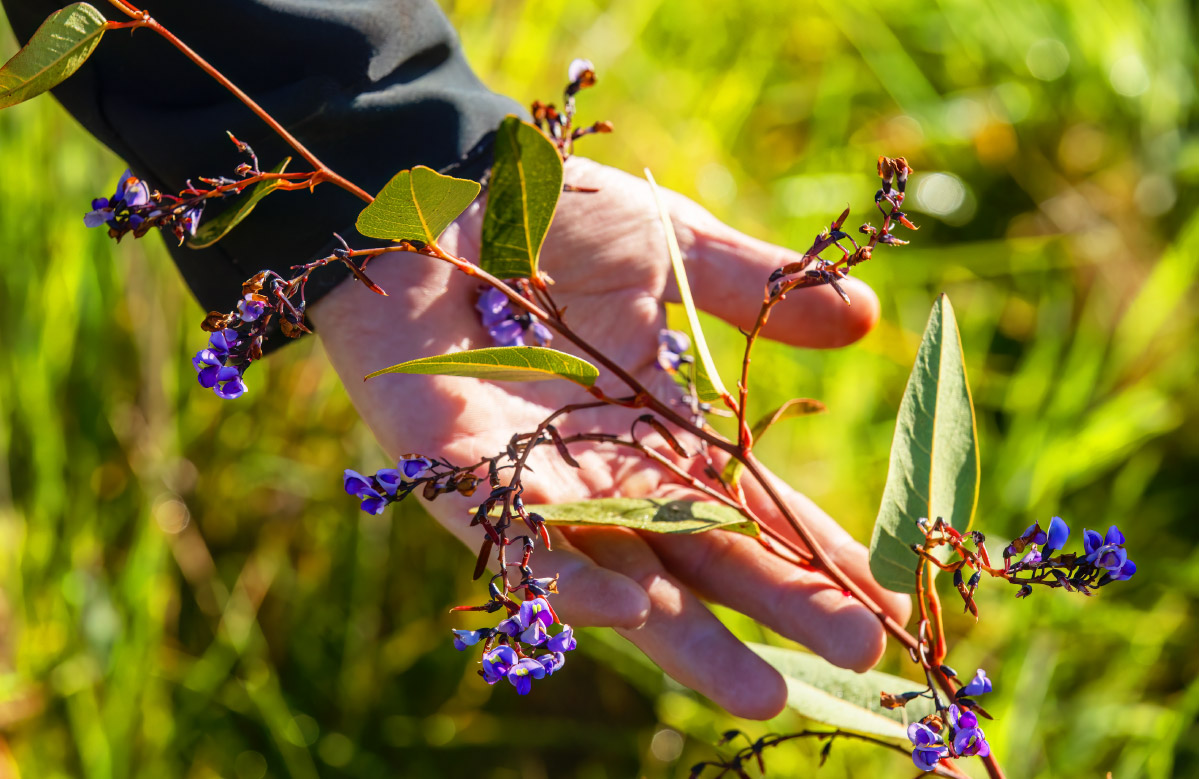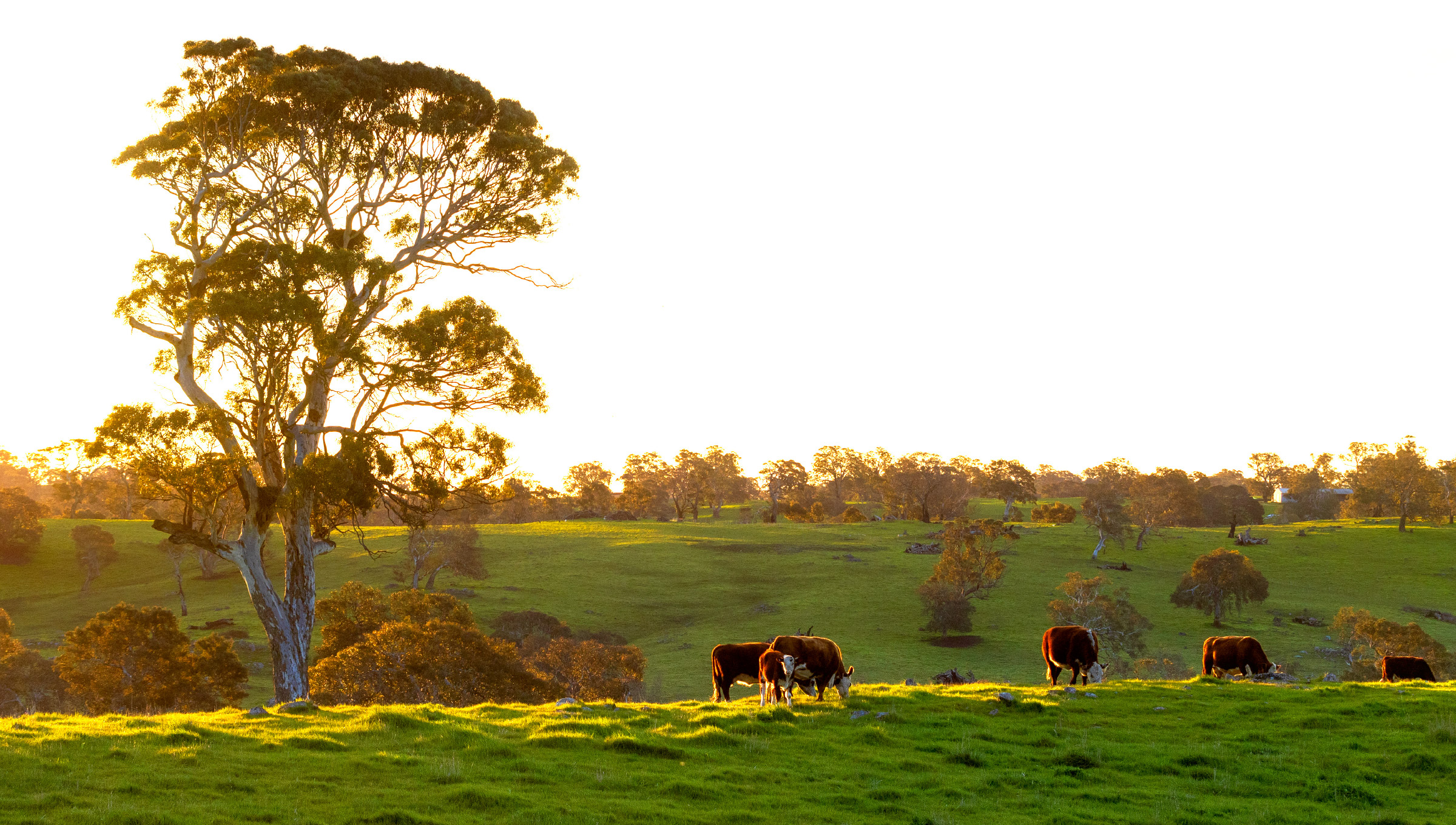Frequently Asked Questions
Who is Taminga?
We are a South Australian family who are proud custodians of more than 500 acres of beautiful land in Woodside, in the heart of the Adelaide Hills.
This land has been a part of our family for more than 40 years, now run by the second generation and we’re working on the third!
Our focus is on reducing the environmental impact farming has on the environment.
What does Taminga farm?
We use the world’s best regenerative practices and thoughtful farming to create healthy ecosystems and produce high quality Australian beef.
We are restoring and nourishing the biodiversity and ecological health of the property through grazing beef cattle, revegetation programs and we plan to open the door for eco-accommodation.
What are regenerative farming practices?
Regenerative farming is the application of principles that add to and protect nutrients in soil, resulting in healthier soil, diverse plant growth and better moisture and carbon retention.
These practices act together to regenerate the biological systems of soil microbes, bacteria, plant processes, insect habitat and form a healthy and resilient foundation for macro level systems of water flow, plant diversity, animal habitat.
- To learn more about these principles, go to Sustainable Farming.
Is Taminga fully sustainable?
Sustainability is a way of farming life at Taminga. Every day we apply sustainability principles and best-practice agriculture to reduce the impact food production has on our environment.
We do this through extensive replanting and revegetation programs, excluding grazing from all watercourses across our property, reducing the amount of water run-off and slow water flow through watercourses, and eliminating herbicide and pesticide use by applying natural, organic fertilisers. Importantly, we apply rotational grazing methods for stock and pasture management.
Is Taminga a carbon neutral operation?
Regenerative grazing results in the improvement of soils across our property, retaining more water and improving soil health as well as absorbing CO2 as we increase grass growth. As a result, we absorb more carbon in the soils than the cattle emit through burping and farming.
It’s all well and good for us to say yes, but we can back it up.
An independent assessment of our farming practices has been undertaken that shows our operations absorb more than they emit. And, we are pleased that a formal assessment by the Federal Government is underway – they assess our soils over a 5–10 year period – to officially verify our carbon neutrality. So standby for the official word, but we’re pretty sure we’re there!
Are there certification standards for sustainability in farming?
Unlike organic farming, there are currently no certification processes for regenerative farming or what can be described as sustainable farming. This is likely to change over the coming years, as more farmers look to benefit from the effort they put in to changing their practices, and certification standards will help reward these farmers.
Regenerative practices have been listed in several leading publications, such as the 2019 IPBES report into Biodiversity Loss, and the US cotton industry’s guidelines on sustainable purchasing as the minimum baseline requirements for sustainable agricultural production globally.


We use the world’s best regenerative practices and thoughtful farming to create healthy ecosystems and produce high quality Australian beef.
